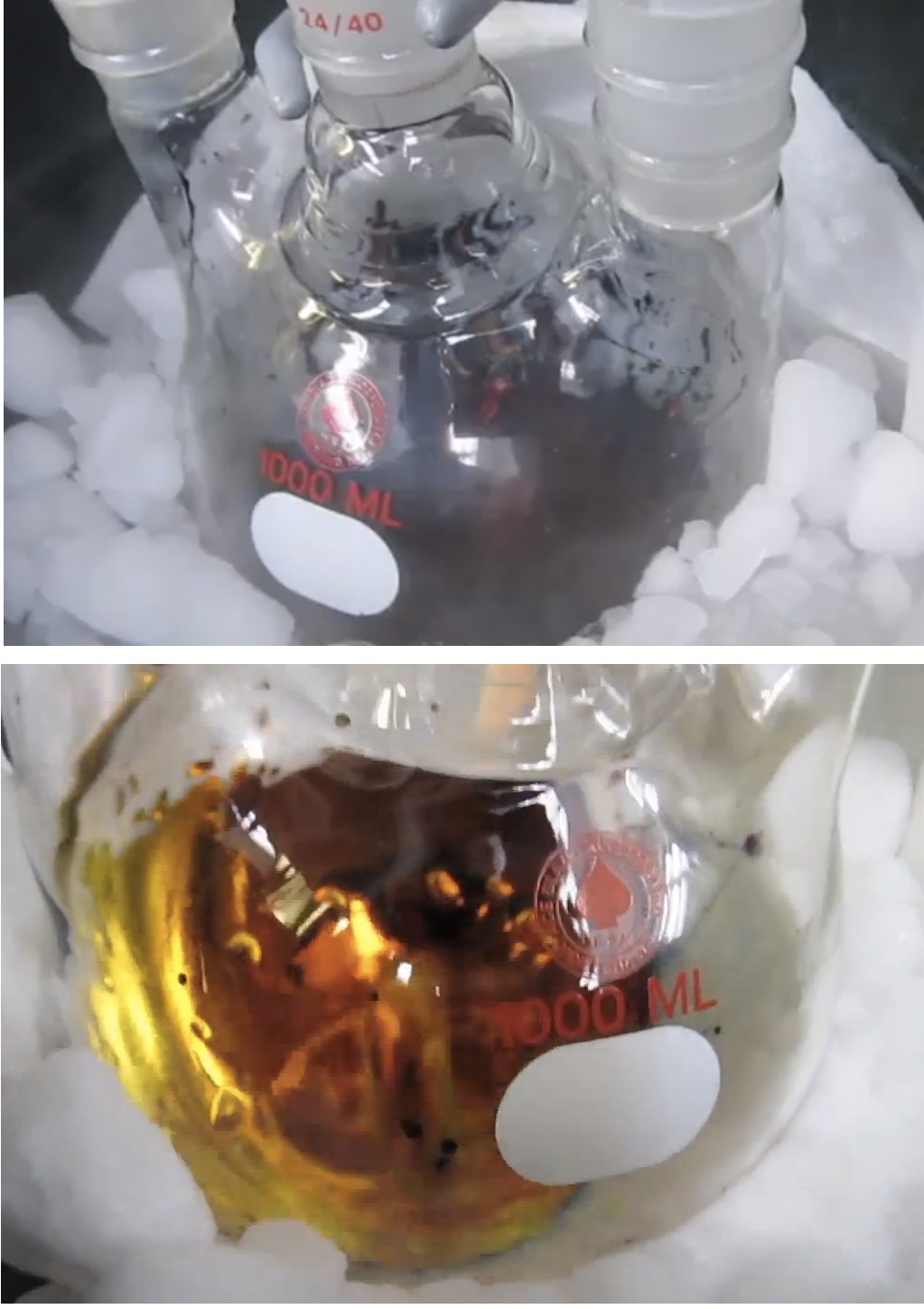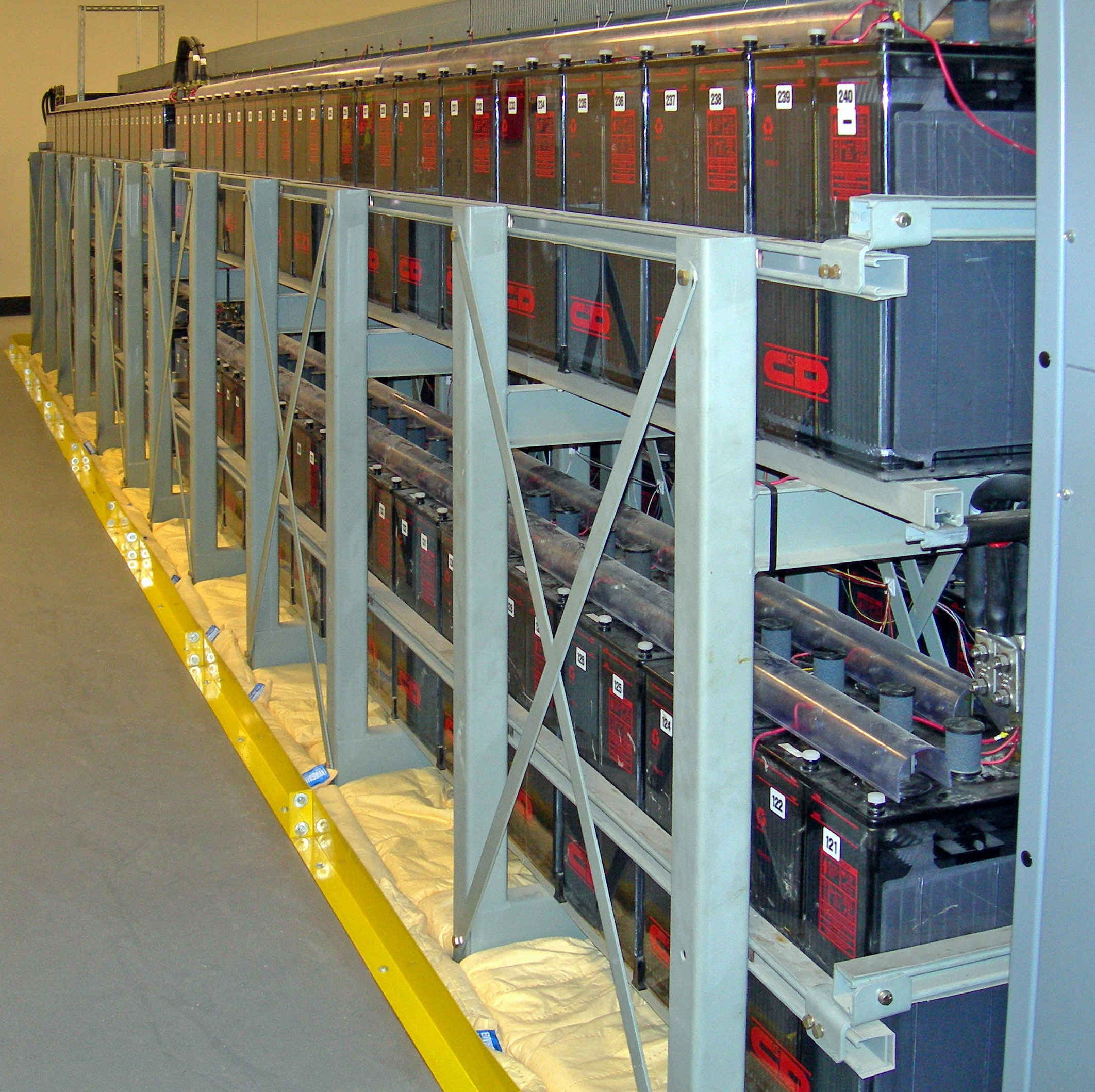|
Brian Evans Conway
Brian Evans Conway (January 26, 1927 – July 9, 2005), professor emeritus in the Department of Chemistry at the University of Ottawa, was a world-renowned electrochemist, and had a long and distinguished career at the University of Ottawa that spanned five decades. Conway was born at Farnborough, UK. Prior to his arrival in Canada, he obtained his Ph.D. from Imperial College in 1949 under the supervision of John Bockris. He subsequently worked as a research associate at the Chester Beatty Cancer Research Institute in London. From 1954 until 1956 he was assistant professor at University of Pennsylvania. In 1956, he was recruited to the then two-year-old Department of Chemistry at the University of Ottawa as an associate professor by the late Professor Keith J. Laidler. He was promoted to the rank of full professor in 1962. Conway served as chairman of the department from 1966 to 1969 and from 1975 to 1980. He was a Killam Senior Research Fellow from 1983 to 1985 and the Natural Sci ... [...More Info...] [...Related Items...] OR: [Wikipedia] [Google] [Baidu] |
University Of Ottawa
The University of Ottawa (french: Université d'Ottawa), often referred to as uOttawa or U of O, is a bilingual public research university in Ottawa, Ontario, Canada. The main campus is located on directly to the northeast of Downtown Ottawa across the Rideau Canal in the Sandy Hill neighbourhood. The University of Ottawa was first established as the College of Bytown in 1848 by the first bishop of the Catholic Archdiocese of Ottawa, Joseph-Bruno Guigues. Placed under the direction of the Oblates of Mary Immaculate, it was renamed the College of Ottawa in 1861 and received university status five years later through a royal charter. On 5 February 1889, the university was granted a pontifical charter by Pope Leo XIII, elevating the institution to a pontifical university. The university was reorganized on July 1, 1965, as a corporation, independent from any outside body or religious organization. As a result, the civil and pontifical charters were kept by the newly created S ... [...More Info...] [...Related Items...] OR: [Wikipedia] [Google] [Baidu] |
Solvated Electron
A solvated electron is a free electron in (solvated in) a solution, and is the smallest possible anion. Solvated electrons occur widely. Often, discussions of solvated electrons focus on their solutions in ammonia, which are stable for days, but solvated electrons also occur in water and other solvents in fact, in any solvent that mediates outer-sphere electron transfer. The solvated electron is responsible for a great deal of radiation chemistry. Ammonia solutions Liquid ammonia will dissolve all of the alkali metals and other electropositive metals such as Ca, Sr, Ba, Eu, and Yb (also Mg using an electrolytic process), giving characteristic blue solutions. For alkali metals in liquid ammonia, the solution is blue when dilute and copper-colored when more concentrated (> 3 molar). These solutions conduct electricity. The blue colour of the solution is due to ammoniated electrons, which absorb energy in the visible region of light. The diffusivity of the solvated electro ... [...More Info...] [...Related Items...] OR: [Wikipedia] [Google] [Baidu] |
Alumni Of Imperial College London
Alumni (singular: alumnus (masculine) or alumna (feminine)) are former students of a school, college, or university who have either attended or graduated in some fashion from the institution. The feminine plural alumnae is sometimes used for groups of women. The word is Latin and means "one who is being (or has been) nourished". The term is not synonymous with "graduate"; one can be an alumnus without graduating ( Burt Reynolds, alumnus but not graduate of Florida State, is an example). The term is sometimes used to refer to a former employee or member of an organization, contributor, or inmate. Etymology The Latin noun ''alumnus'' means "foster son" or "pupil". It is derived from PIE ''*h₂el-'' (grow, nourish), and it is a variant of the Latin verb ''alere'' "to nourish".Merriam-Webster: alumnus .. Separate, but from the ... [...More Info...] [...Related Items...] OR: [Wikipedia] [Google] [Baidu] |
Canadian Chemists
Canadians (french: Canadiens) are people identified with the country of Canada. This connection may be residential, legal, historical or cultural. For most Canadians, many (or all) of these connections exist and are collectively the source of their being ''Canadian''. Canada is a multilingual and multicultural society home to people of groups of many different ethnic, religious, and national origins, with the majority of the population made up of Old World immigrants and their descendants. Following the initial period of French and then the much larger British colonization, different waves (or peaks) of immigration and settlement of non-indigenous peoples took place over the course of nearly two centuries and continue today. Elements of Indigenous, French, British, and more recent immigrant customs, languages, and religions have combined to form the culture of Canada, and thus a Canadian identity. Canada has also been strongly influenced by its linguistic, geographic, and e ... [...More Info...] [...Related Items...] OR: [Wikipedia] [Google] [Baidu] |
2005 Deaths
This is a list of deaths of notable people, organised by year. New deaths articles are added to their respective month (e.g., Deaths in ) and then linked here. 2022 2021 2020 2019 2018 2017 2016 2015 2014 2013 2012 2011 2010 2009 2008 2007 2006 2005 2004 2003 2002 2001 2000 1999 1998 1997 1996 1995 1994 1993 1992 1991 1990 1989 1988 1987 See also * Lists of deaths by day The following pages, corresponding to the Gregorian calendar, list the historical events, births, deaths, and holidays and observances of the specified day of the year: Footnotes See also * Leap year * List of calendars * List of non-standard ... * Deaths by year {{DEFAULTSORT:deaths by year ... [...More Info...] [...Related Items...] OR: [Wikipedia] [Google] [Baidu] |
1927 Births
Nineteen or 19 may refer to: * 19 (number), the natural number following 18 and preceding 20 * one of the years 19 BC, AD 19, 1919, 2019 Films * ''19'' (film), a 2001 Japanese film * ''Nineteen'' (film), a 1987 science fiction film Music * 19 (band), a Japanese pop music duo Albums * ''19'' (Adele album), 2008 * ''19'', a 2003 album by Alsou * ''19'', a 2006 album by Evan Yo * ''19'', a 2018 album by MHD * ''19'', one half of the double album ''63/19'' by Kool A.D. * ''Number Nineteen'', a 1971 album by American jazz pianist Mal Waldron * ''XIX'' (EP), a 2019 EP by 1the9 Songs * "19" (song), a 1985 song by British musician Paul Hardcastle. * "Nineteen", a song by Bad4Good from the 1992 album '' Refugee'' * "Nineteen", a song by Karma to Burn from the 2001 album ''Almost Heathen''. * "Nineteen" (song), a 2007 song by American singer Billy Ray Cyrus. * "Nineteen", a song by Tegan and Sara from the 2007 album '' The Con''. * "XIX" (song), a 2014 song by Slipk ... [...More Info...] [...Related Items...] OR: [Wikipedia] [Google] [Baidu] |
Electrochemical Society
The Electrochemical Society is a learned society (professional association) based in the United States that supports scientific inquiry in the field of electrochemistry and solid-state science and related technology. The Society membership comprises more than 8,000 scientists and engineers in over 85 countries at all degree levels and in all fields of electrochemistry, solid state science and related technologies. Additional support is provided by institutional members including corporations and laboratories. ECS is a 501(c)(3) non-profit organization. Scientists around the world rely on the Society as a leading source of scientific research through its peer-reviewed journals, international meetings, and the ECS Digital Library on IOPscience. The Society publishes numerous journals including the ''Journal of The Electrochemical Society'' (the oldest peer-reviewed journal in its field), ''Journal of Solid State Science and Technology'', ''ECS Meeting Abstracts'', ''ECS Transactio ... [...More Info...] [...Related Items...] OR: [Wikipedia] [Google] [Baidu] |
Royal Society Of Canada
The Royal Society of Canada (RSC; french: Société royale du Canada, SRC), also known as the Academies of Arts, Humanities and Sciences of Canada (French: ''Académies des arts, des lettres et des sciences du Canada''), is the senior national, bilingual council of distinguished Canadian scholars, humanists, scientists and artists. The primary objective of the RSC is to promote learning and research in the arts, the humanities and the sciences. The RSC is Canada's National Academy and exists to promote Canadian research and scholarly accomplishment in both official languages, to recognize academic and artistic excellence, and to advise governments, non-governmental organizations and Canadians on matters of public interest. History In the late 1870s, the Governor General of Canada, the Marquis of Lorne, determined that Canada required a cultural institution to promote national scientific research and development. Since that time, succeeding Governor Generals have remained involved w ... [...More Info...] [...Related Items...] OR: [Wikipedia] [Google] [Baidu] |
Supercapacitor
A supercapacitor (SC), also called an ultracapacitor, is a high-capacity capacitor, with a capacitance value much higher than other capacitors but with lower voltage limits. It bridges the gap between electrolytic capacitors and rechargeable batteries. It typically stores 10 to 100 times more energy per unit volume or mass than electrolytic capacitors, can accept and deliver charge much faster than batteries, and tolerates many more charge and discharge cycles than rechargeable batteries. Supercapacitors are used in applications requiring many rapid charge/discharge cycles, rather than long-term compact energy storage — in automobiles, buses, trains, cranes and elevators, where they are used for regenerative braking, short-term energy storage, or burst-mode power delivery. Smaller units are used as power backup for static random-access memory (SRAM). Unlike ordinary capacitors, supercapacitors do not use the conventional solid dielectric, but rather, they use electrosta ... [...More Info...] [...Related Items...] OR: [Wikipedia] [Google] [Baidu] |
Electrochemical Capacitor
A supercapacitor (SC), also called an ultracapacitor, is a high-capacity capacitor, with a capacitance value much higher than other capacitors but with lower voltage limits. It bridges the gap between electrolytic capacitors and rechargeable batteries. It typically stores 10 to 100 times more energy per unit volume or mass than electrolytic capacitors, can accept and deliver charge much faster than batteries, and tolerates many more charge and discharge cycles than rechargeable batteries. Supercapacitors are used in applications requiring many rapid charge/discharge cycles, rather than long-term compact energy storage — in automobiles, buses, trains, cranes and elevators, where they are used for regenerative braking, short-term energy storage, or burst-mode power delivery. Smaller units are used as power backup for static random-access memory (SRAM). Unlike ordinary capacitors, supercapacitors do not use the conventional solid dielectric, but rather, they use electros ... [...More Info...] [...Related Items...] OR: [Wikipedia] [Google] [Baidu] |
Rechargeable Batteries
A rechargeable battery, storage battery, or secondary cell (formally a type of energy accumulator), is a type of electrical battery which can be charged, discharged into a load, and recharged many times, as opposed to a disposable or primary battery, which is supplied fully charged and discarded after use. It is composed of one or more electrochemical cells. The term "accumulator" is used as it accumulates and stores energy through a reversible electrochemical reaction. Rechargeable batteries are produced in many different shapes and sizes, ranging from button cells to megawatt systems connected to stabilize an electrical distribution network. Several different combinations of electrode materials and electrolytes are used, including lead–acid, zinc–air, nickel–cadmium (NiCd), nickel–metal hydride (NiMH), lithium-ion (Li-ion), lithium iron phosphate (LiFePO4), and lithium-ion polymer (Li-ion polymer). Rechargeable batteries typically initially cost more than ... [...More Info...] [...Related Items...] OR: [Wikipedia] [Google] [Baidu] |





